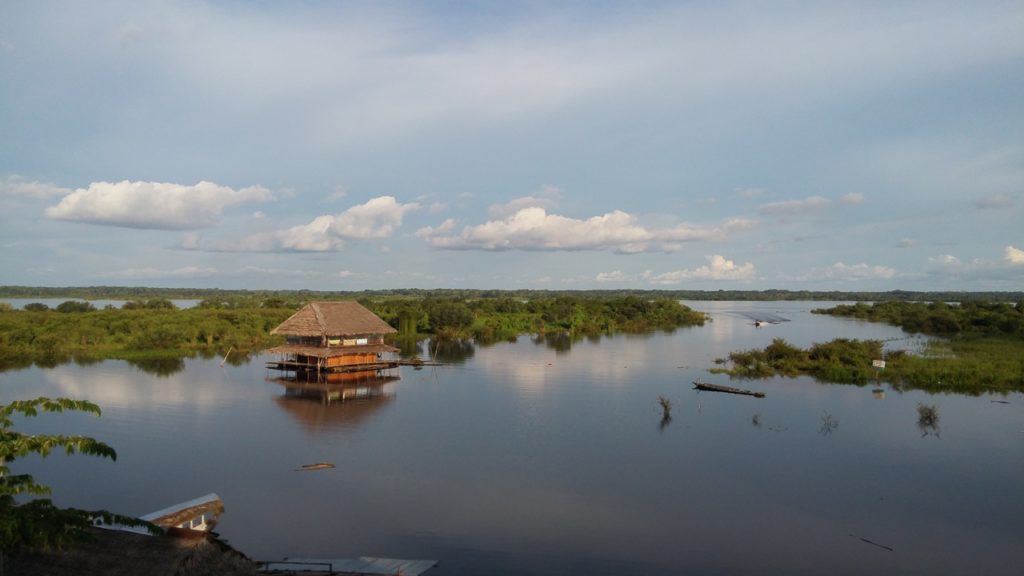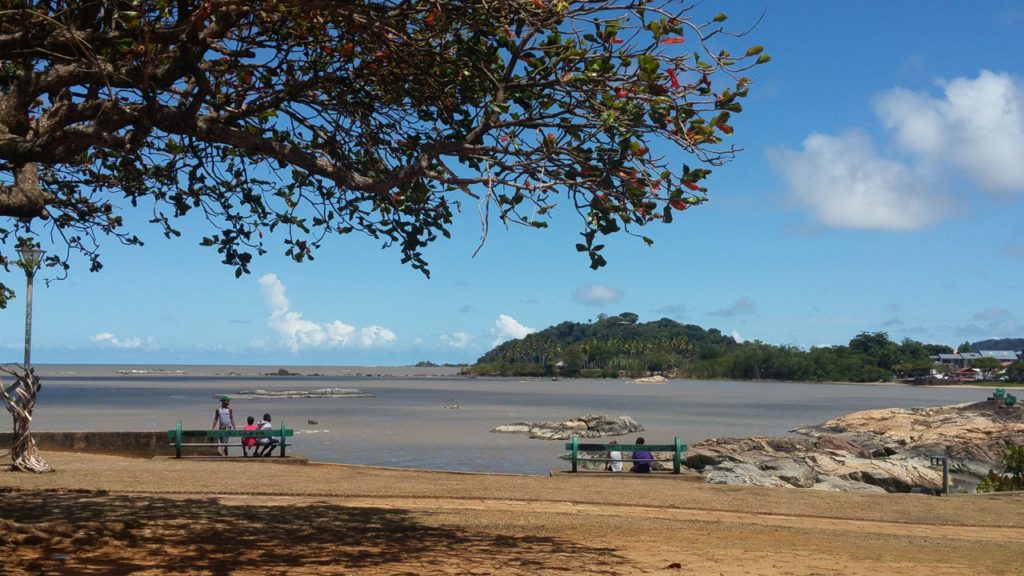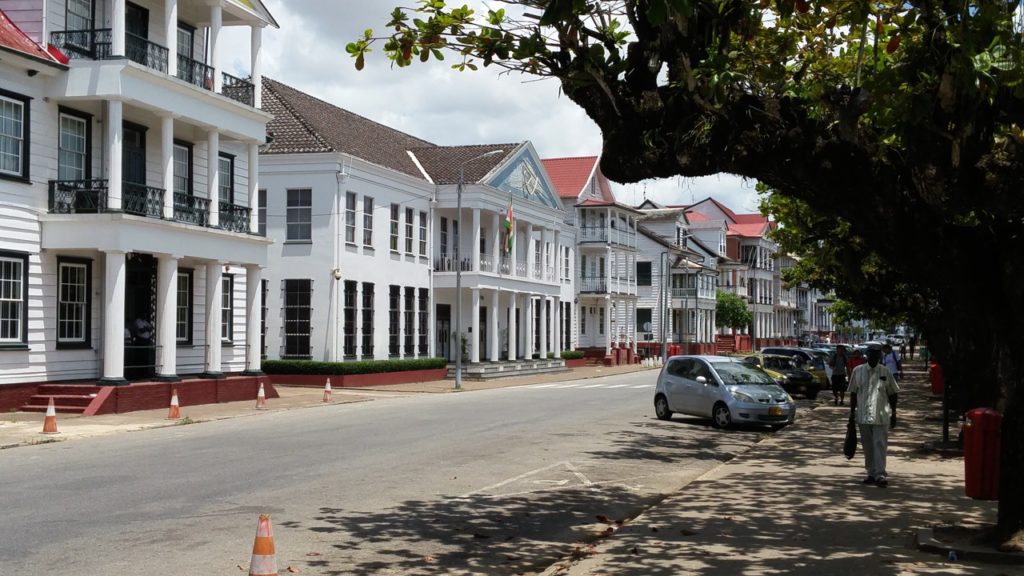After a 14-hour voyage in a cramped speedboat traveling upriver from Santa Rosa, I arrived in Iquitos – the largest city in the Peruvian Amazon, and accessible only by boat or plane. There were some beautiful views from the boat, but it was also very sad to see all of the pollution on many long stretches of the Amazon River.
There is a lot of tourism in this city, which I usually try to avoid, but one advantage is several good (although more expensive) restaurants with healthier vegan options. Some of the tourists are here for the Ayahuasca experience, which along with the hallucinogenics, involves a healthy, cleansing diet, catered to by some of the restaurants. There are also a number of small NGOs working on environmental and indigenous community projects, which I hope to meet with and may be able to help.













